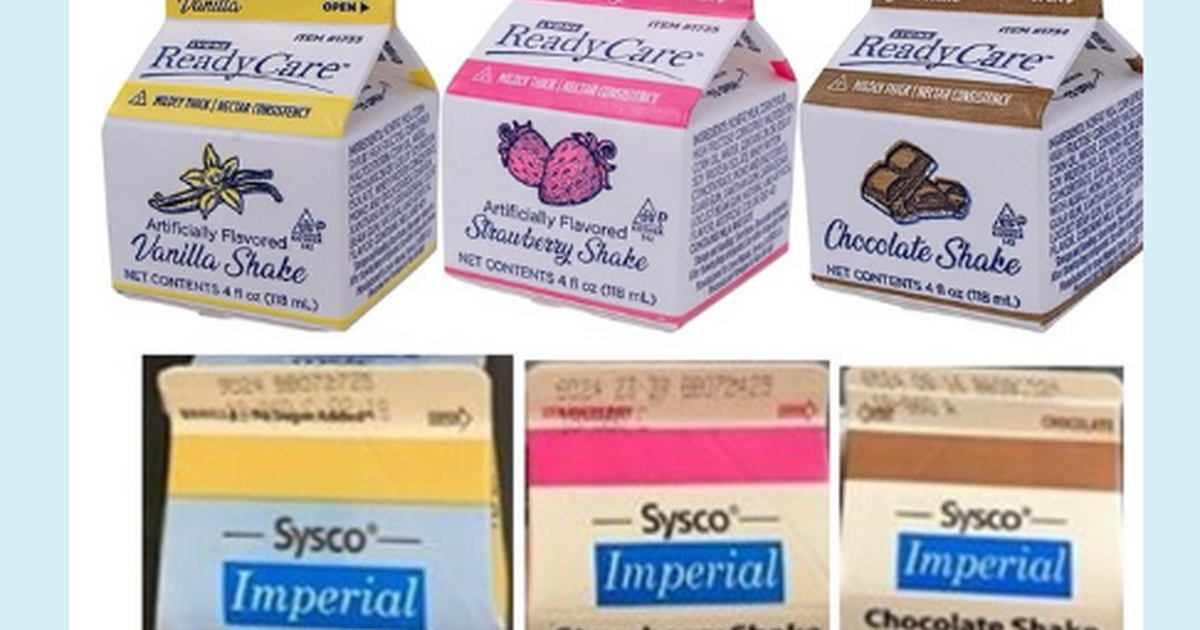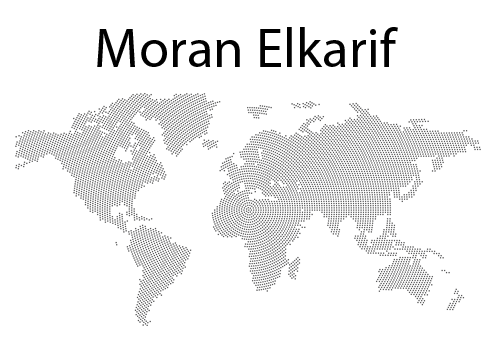We may receive commissions from some links to products on this page. Promotions are subject to availability and retailer terms.

Getty Images
When you’re facing increasing amounts of debt without a way to pay it off, the path forward isn’t always clear. As a result, many people in this situation find themselves lying awake at night, wrestling with stress caused by mounting debt and diminishing options. Luckily, there is no shortage of debt relief solutions available. Two options that tend to be near the top of the list, though, are debt forgiveness and Chapter 11 bankruptcy. Each one has its pros and cons which can make choosing between them difficult.
When you enroll in debt forgiveness, the goal is to negotiate with your creditors to reduce the total amount owed. It can be a quicker and less expensive way to manage debt, but it also comes with its own set of challenges, including potential damage to your credit score. On the other hand, Chapter 11 bankruptcy is a legal process that allows you to reorganize your debts in certain cases. While it protects you from creditors, it can also be a lengthy and expensive process.
Understanding the key differences between debt settlement and Chapter 11 bankruptcy can mean the difference between successfully handling your debt and finding yourself with a bigger issue on your hands.
Learn more about the debt relief options available to you here.
Debt forgiveness vs. Chapter 11 bankruptcy: How to choose the best option
Debt forgiveness and Chapter 11 bankruptcy serve different purposes, and understanding their distinctions is crucial as you weigh your options.
What to know about debt forgiveness
This approach involves negotiating with creditors to pay a reduced amount of what you owe. While it’s possible to navigate these negotiations on your own, many people opt to have negotiations handled by a debt relief company instead, which works with creditors on settlement agreements on your behalf. If successful, you could pay a lump sum that is, on average, between 30% to 50% lower than your original balance.
However, there are a few potential downsides to note. One is that creditors are not required to accept settlement offers, and your credit score could take a significant hit, as most debt relief companies will ask you to stop making payments before the negotiation process starts. As a result, debt settlement is often best for those with unsecured debt (such as credit cards) who can afford to make partial payments but need relief from their full obligations. In general, it makes sense to choose debt settlement if:
- You have significant cash reserves or assets that could be liquidated to make lump-sum settlement offers
- Most of your debt is unsecured
- You can realistically save enough to settle within 24-36 months
- Your creditors seem willing to negotiate
Start tackling your high-rate debt today.
What to know about Chapter 11 bankruptcy
Chapter 11 bankruptcy is a legal process that allows for the restructuring of your debt. While it is designed primarily for businesses, it can also be used by individuals with substantial debt. When you file for Chapter 11 bankruptcy, an automatic stay immediately stops all collection actions while you work to restructure your debt under court supervision by modifying loan terms and potentially reducing unsecured debt.
The downsides of Chapter 11 include high legal and administrative costs. The process also requires extensive financial disclosure and can have a big (and long-term) impact on your credit. However, it provides a structured framework for reorganizing your debt while giving you breathing room to implement a turnaround plan. You may want to consider this type of debt relief if:
- You need immediate protection from creditors
- You have enough income to handle most of your debts but need time to restructure
- You have multiple types of debt (secured and unsecured)
- You want to maintain control while reorganizing
Other debt relief options to know
Debt settlement and Chapter 11 bankruptcy aren’t the only ways to tackle your financial troubles. Depending on your circumstances, these other debt relief solutions might be more suitable:
- Debt consolidation: If you have multiple debts with high rates, consolidating them into a single loan with a lower interest rate can simplify payments and reduce costs over time.
- Credit counseling: Credit counseling agencies can offer guidance on budgeting and debt management. They may also help you set up a debt management plan, which allows you to make a single monthly payment to a credit counseling agency while potentially reducing your interest rates and late fees.
- Chapter 7 bankruptcy: Chapter 7 bankruptcy allows you to discharge most of your unsecured debt but liquidates assets to pay off creditors. It’s a quicker process but can result in the loss of non-exempt assets and a major credit score impact.
The bottom line
When deciding between debt settlement and Chapter 11 bankruptcy, it’s important to consider the long-term financial impact, potential risks and your ability to sustain payments. Debt settlement can be a more flexible and less costly option for individuals with manageable unsecured debt, while Chapter 11 bankruptcy is better suited for those needing legal protection to restructure significant obligations.
Other debt relief solutions, such as debt consolidation or credit counseling, may also provide relief without the downsides of settlement or bankruptcy. The key is to assess your financial situation honestly, weigh your options carefully and seek professional advice if needed.
Angelica Leicht is senior editor for Managing Your Money, where she writes and edits articles on a range of personal finance topics. Angelica previously held editing roles at The Simple Dollar, Interest, HousingWire and other financial publications.









